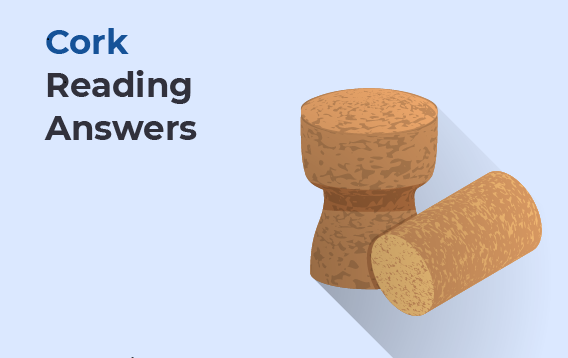Summary Completion
Timber
Timber was most likely one of the first, if not the first, materials employed by humans for construction. With it, he constructed a shelter from the weather, as well as fuel and food, and the first bridge was fashioned by a tree chopped down and thrown across a creek. He also fashioned his “dug-out” from it to travel along and over the rivers of the district where he lived, and lumber has remained one of the most widely used of nature’s resources for shipbuilding and construction purposes until our own day.
Despite the fact that wood has been used for such a long time and in so many places, there is still a startling lack of understanding of its nature, not only among ordinary workers but also among people who should know about its features. As a result, it is often and inefficiently used. Experience has been nearly the only instructor, and the workman has been guided by theories sometimes correct, sometimes incorrect rather than well-founded facts.
One explanation for this imperfect understanding is that wood is not a homogeneous substance, but rather a complex structure with such a wide range of behavior that even when cut from the same tree, one piece would react significantly differently from another. Not only does the wood of one species differ from that of another, but the butt cut differs from that of the top log, the heartwood differs from the sapwood, and the wood of a quickly-grown sapling in an abandoned field differs from that of a slowly-grown, old king of the forest. The way the tree was cut and preserved has an impact on its quality and behavior. Thus, studying the material in order to create universal laws is quite challenging.
The skilled woodsman will seek for straight-grained, long-fibred woods that are free of bothersome resinous and coloring matter, knots, and other irregularities, and will readily distinguish the more porous red or black oaks from the less porous white species, Quercus alba. It goes without saying that the inspection should look for faults and unhealthy circumstances (typically indicated by color). It is hardly necessary to point out that knots, even the tiniest ones, are flaws that for particular applications render the material useless. However, it is less well understood that “season-checks,” even those that have closed due to subsequent shrinkage, are still aspects of weakness; however, there can be no mistake about this, because these, the intimate connections of the wood fibers, are never repaired once broken.
Questions 1- 8
Complete the summary below.
Choose NO MORE THAN TWO WORDS AND/OR A NUMBER from the passage for each answer.
One of the first, if not the first, materials employed by humans for construction was 1 __________. He also fashioned his 2 ___________ from it to travel along and over the rivers of the district where he lived,… There is still a startling lack of understanding of its 3 ____________, not only among ordinary workers but also among people who should know about its features. The workman has been guided by 4 ___________ sometimes correct, sometimes incorrect rather than well-founded facts. wood is not a 5 _____________ substance, but rather a complex structure with such a wide range of behavior that even when cut from the 6 __________tree,…The skilled woodsman will seek for 7 ___________, long-fibred woods that are free of bothersome resinous and coloring matter, knots, and other irregularities,…however, there can be no mistake about this, because these, the intimate connections of the 8 _____________, are never repaired once broken.

